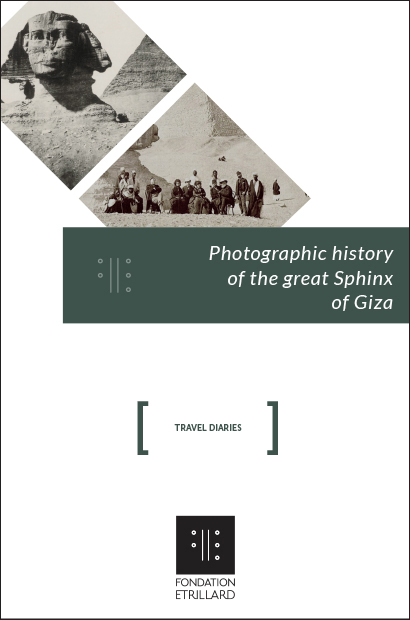



Travel guides have often put fascinating facts or features in the spotlight. Innovative architecture, natural or mythical phenomena, striking views or local cultural traditions. Explore the Foundation’s travel guide, which gives scholars insight into traditions, art, history and the humanities with a view to encouraging cultural outings and discovery.

Fame is often represented with suspicion in ancient and medieval writings. While the quest for immortality inspires heroic deeds in epic poems and artistic and romantic achievements in lyric poems, authors from Virgil in Rome to Chaucer in London reveal the double-sidedness of celebrity by personifying fama as an intrusive menace to the individual's reputation, security, and happiness. Many authors borrowed and transformed the allegory from original sources to illustrate the fragility of language and the anxiety of textual transmission.

Since the beginning, photographers have been attracted by the most mysterious monuments. In some cases, the photographic history of these monuments has, in turn, taken on a mysterious air.
The Sphinx in front of the great pyramids of Giza is an outstanding example. Its age and original appearance are still the subject of debate, but the version of the first Egypt historian, Manetho, is now considered the most believable.

"It’s difficult to describe the life of man without experiencing his sleep which, night after night, surrounds it like the sea surrounds a peninsula."
Marcel Proust, Remembrance of Things Past, Pléiade, II, p.384.